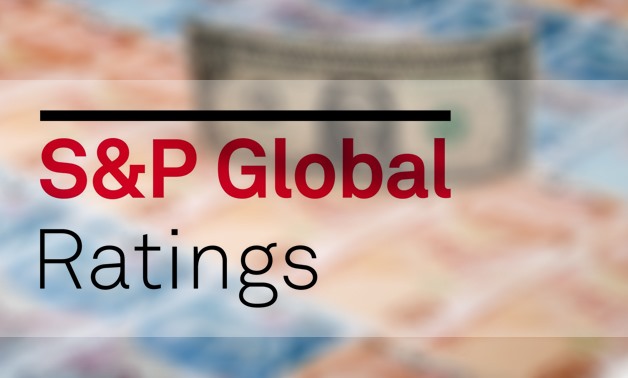“The National Bank of Georgia (NBG) successfully addressed increased risks related to the volatile macroeconomic environment over the past few years,” reads the Global Banks Country-By-Country Midyear Outlook 2023 of the S&P Global Ratings.
According to the report, Georgia is in Group 7 with “favorable macroeconomic growth prospects in 2023-2024 despite elevated geopolitical tensions in the region.” For domestic banks, the organization expects increased growth, profitability, and stable asset quality.
“Banks in Georgia face fewer economic risks than regional peers. Recovered tourism and an influx of migrants and capital from Russia support Georgia’s economic growth prospects in 2023. Thanks to the National Bank of Georgia’s (NBG) efforts, dollarization in the sector gradually decreased with loans denominated in foreign currency down to 44% and deposits to 51% as of end-April 2023, although they remain the highest levels in the region.
Regulation supports banks’ resilience to stress. The NBG has successfully addressed increased risks related to the volatile macroeconomic environment over the past few years. Among other ways, it prompted banks to keep additional capital buffers for currency-induced credit risk.
The household debt burden is still modest. Despite a rapid debt buildup over recent years, household debt service ratios in Georgia compare favorably with those of peers. This reflects a higher-than-average share of mortgages and responsible lending standards promoted by the NBG.
Subdued growth in loans and deposits. We expect real growth in loans and deposit in the 5%-8% range in the next 12 months, adjusted for exchange rate effects and in view of reducing-but-higherthan-historical inflation. Nonresident deposits comprised about 18% of total deposits as of endMarch 2023 and we do not expect to see material further inflows in the next 12 months.
Stable asset quality will support profitability normalization. We forecast a nonperforming loans ratio of about 4.0%-4.5% and normalized cost of risk of about 0.5% in the next 12 months. Foreign currency lending will remain the main vulnerability to credit risk. We expect margins will remain broadly stable, underpinned by high interest rates.
Exposure to the Russia-Ukraine conflict. Currently the banking system’s exposure to the conflict is contained. A material shift in the inflow of people and deposits from Russia to Georgia related to the war could destabilize the economy and the banking system.
Real estate market prices. The housing market saw a sharp increase in demand and prices in 2022, fueled by migration from Russia and Ukraine, which could increase the imbalances and weaken the credit quality of some retail borrowers. We consider related risks limited for banks so far,” reads the report.
